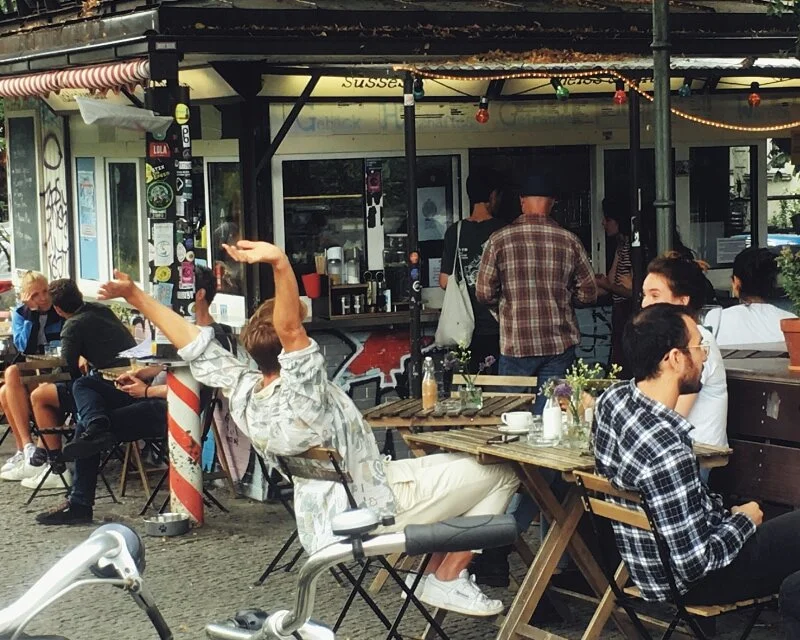Tunnel 57
by Susan Weber
Thirty years after the wall came down, I join my kin in the basement of Berlin. We are natives and tourists in shorts and sandals escaping the heat for a tunnel tour. As we follow the guide, the present fades to darkness. We’re in 1964 Berlin, three years after the wall went up. We are shown the risks people took to escape through decommissioned subway lines, barricaded sewer ducts, and tunnels dug with garden tools. How the police, the Stasi, blanketed the rails with sharp steel spikes to cripple walking, running feet. How guards posted in subway stations were locked in their observation cells so they wouldn’t try to flee to the west. The Stasi had guards at man-hole covers and informants everywhere, even in the secret digging crews.
We’re in the cellar of a bakery on Bernauer Street, west of the wall. A famous tunnel started here: forty feet underground, longer than a football field, wide enough to crawl through. West Berlin students dug toward family, friends, and lovers on the other side. They devised schemes to bring in equipment and take out vast amounts of dirt. After six months work they broke into the Soviet sector underneath an old outhouse on Strelitzer Street. Time to send word to their people.
Twenty women, twenty seven men, five teenagers, and five children made their way to Strelitzer Street in small groups at intervals spread across days. They carried only documents. Luggage would have drawn too much attention. Password Tokyo got them in the building, through the courtyard to the tunnel. One man said he lost track of time as he was lowered down a shaft by pulley, crawled through the darkness, and was hoisted up in West Berlin, weeping with relief. And disbelief. Life blood pounding in his ears.
Shortly before the tunnel was complete, escapees and helpers in another tunnel had been shot by Stasi border guards. As West Berlin students prepared to help on the Strelitzer side, some decided to carry pistols.
On the second day of operation, the helpers, including med student Christian Zobel, saw the last escapee lowered down the shaft. Helpers were about to follow when border guards rushed into the courtyard shooting submachine guns. Zobel shot his pistol and scrambled down the shaft. The next day they heard that a young border guard named Egon Schultz had died in the melee. East German authorities called Schultz a martyr and condemned the West Berlin murderers. The students’ jubilation at the tunnel’s success vanished when they heard about the man.
As the tour winds down, our guide says the tunnel delivered fifty seven people to freedom, more than any such attempt before or after. Following the raid the Stasi demolished what is now known as Tunnel 57. The students sent a message by balloon across the wall. “The real murderer is the system that addressed the massive flight of its citizens not by removing the cause of the problem, but by building a WALL and giving the order for Germans to shoot Germans.”
Christian Zobel never forgave himself for killing the guard. He suffered life long depression and died before the wall came down. Much later, with the easing of Cold War tensions, Stasi records revealed that the weapon that killed Egon Schultz had been a submachine gun, not a pistol.
We end the tour in a bookstore, blinking as the sun pours in. We’re free to browse for more information. We’re free to tip our guide. We’re free to blend into the vibrant, emancipated city as though nothing of consequence has happened. We’re free to say that was a long time ago and has nothing to do with us. We’re free to forget we’re free.
Photo Susan Weber CC BY-SA 4.0
